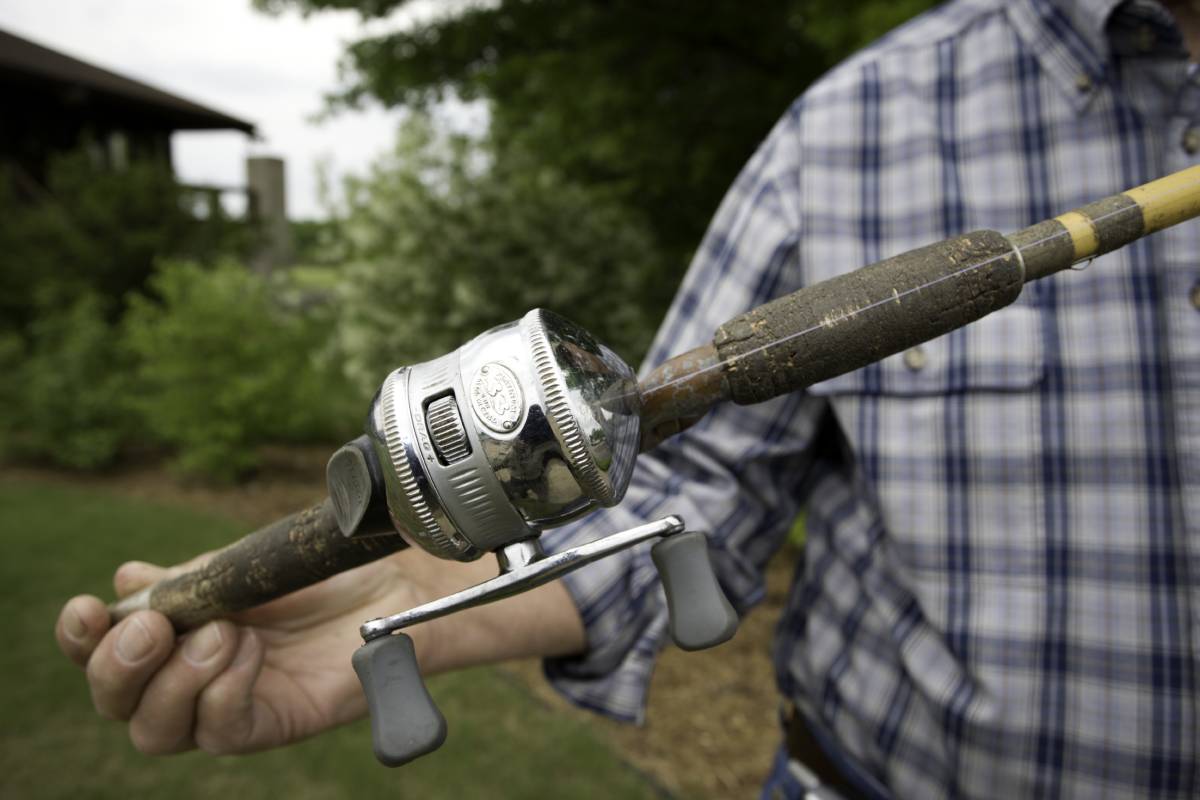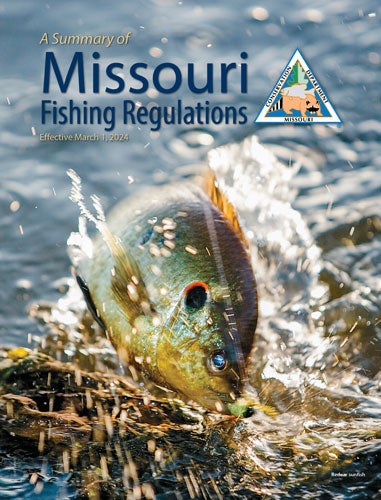So you've acquired some fishing gear, learned how to cast and studied your quarry. Now it's time to arm your fishing pole for action.
Rig for the Kind of Fish You Want to Catch
How you rig depends partly on the kind of fish you hope to catch. Catfish usually search for food near the bottom, so you need weight to keep your bait near the fish. Crappies and many other panfish often swim a few feet beneath the surface, and a bobber will hold your bait up where the fish can see it.

Title
Keep It Light
Generally, use as light tackle as you can. Holding your bait on the bottom of a pond on a calm day, for example, doesn't require a large sinker. One or two split shot will do, and the lighter weight is less likely to alert fish that are sampling your bait.
Title
Fill The Reel Spool
Follow the instructions that come with your reel and line before filling.
- Thread the line through the spool cap or under the bail to start.
- Tie one end of the line to your reel spool with an overhand knot, and then reel it on.
Most spools of line come with suggestions on how to avoid line twist when filling your reel. The reel is full when the wrapped line is about 1/16 of an inch from the outside edge of the spool.
Don't allow knots in your line, except at the end. Knots both weaken line and make it difficult to cast.
Title
Set the Drag
Fishing reels have a drag to prevent the weight and pull of a fish from snapping the line, making it possible to land even large fish with light lines.
Before fishing, set the drag to release line before the breaking point of the line is reached.
When a big fish is pulling, line will come off the reel, sometimes making a clicking sound. Learn to recognize when the drag is letting a fish run and don't reel during that time, or your line will twist. Avoid the temptation to tighten the drag while fighting a fish.
Title
Use a Bobber
Use a small, streamlined bobber and balance it with enough split shot beneath that the fish can pull your bobber down without much resistance.
Title
Attach Your Hook
Improved Clinch Knot
- Run the end of the line through the eye of a hook about 6 inches and fold it back on itself.
- Holding both pieces of line in your fingers, rotate the hook about ten half-turns. The doubled line between your fingers and the hook will now be twisted.
- Insert the end of the line through the space between the first twist and the hook eye.
- Bring the tag end of the line back through the loop made by the previous step. You'll find it helpful to use the fingers holding the hook to help you guide the end through the loop.
- Pull on both the line and the tag end to tighten the knot and shut it up to the eye. The knot will come together more smoothly if you moisten the line with saliva before tightening.
- Trim the tag end about 1/4-inch away from the knot.
Title
Bait Your Hook
What you should use for bait also depends on the kind of fish you're after. The best all-around bait is probably a worm or a part of a night crawler, both of which will catch panfish and trout as well as most larger species. Hook the worm several times through, or pinch off part of a night crawler and run the hook through it.






















